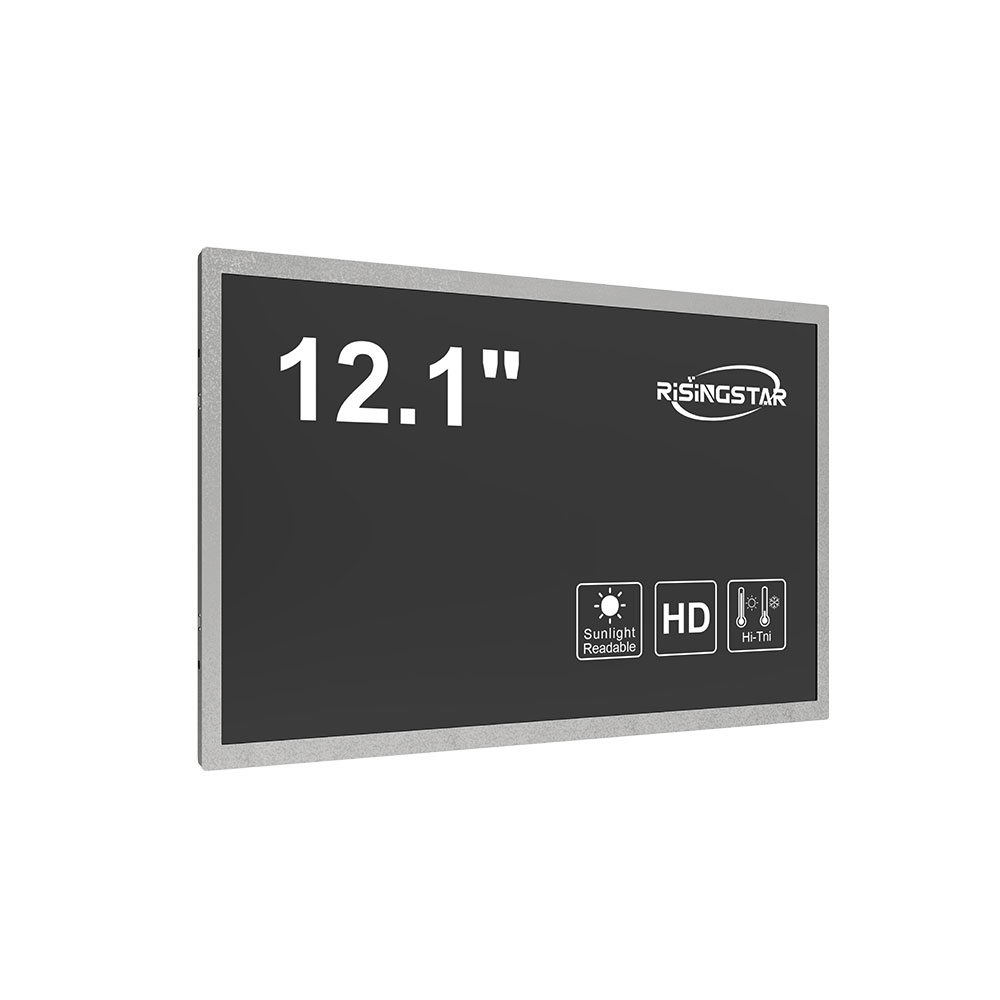High-brightness sunlight-readable LCD screens are essential components in modern industrial, military, and outdoor applications where visibility under direct sunlight is critical. Unlike standard LCDs, these displays are engineered to maintain clarity and functionality even when exposed to intense solar radiation—often exceeding 100,000 lux in direct sunlight. The design philosophy centers around maximizing luminance, enhancing contrast ratios, and minimizing glare through specialized optical coatings, polarizers, and backlighting technologies.
The core challenge in creating such displays lies in balancing brightness with power efficiency and thermal management. Traditional LCDs often fail under high ambient light due to poor contrast and washed-out images. In contrast, sunlight-readable displays typically achieve luminance levels between 5,000 and 10,000 cd/m²—up to ten times brighter than standard consumer-grade screens. This performance is achieved using high-efficiency LED backlights, advanced liquid crystal materials (such as twisted nematic or in-plane switching), and anti-reflection (AR) coatings that reduce surface reflection by up to 90%. For example, the U.S. Department of Defense’s MIL-STD-810G standards require ruggedized displays to withstand extreme environmental conditions including temperature ranges from -40°C to +70°C, humidity, vibration, and shock—requirements that high-brightness LCDs must meet.
In practical applications, these screens are deployed in aviation (cockpit instruments), military field equipment (tactical displays), transportation (bus and train dashboards), and public infrastructure (traffic signals and kiosks). A notable case study involves the deployment of 7,000-nit sunlight-readable LCDs in commercial aircraft cockpits by companies like Honeywell and Rockwell Collins. These systems ensure pilots can read critical flight data even during daylight landings in bright desert environments—a requirement validated by FAA Advisory Circular AC 20-135A.

Another emerging use case is in solar-powered IoT devices and smart city solutions. For instance, the City of Singapore has implemented high-brightness LCDs in its Smart Lampposts, which provide real-time data on air quality, traffic flow, and weather—all visible during peak sun hours without battery drain. This integration highlights a growing trend: combining energy-efficient OLED or LED-backlit LCDs with dynamic brightness adjustment algorithms to optimize both readability and longevity.
Manufacturers like Sharp, LG Display, and E-Ink have developed proprietary technologies such as “Sunlight Readable Mode” and “Dynamic Backlight Control,” which adjust luminance based on ambient light sensors. Such innovations not only improve user experience but also extend display life by reducing unnecessary power consumption in low-light conditions. Industry reports from IHS Markit (2023) project that the global market for sunlight-readable displays will grow at a CAGR of 7.6% through 2030, driven by increasing demand in defense, automotive, and industrial automation sectors.

In conclusion, high-brightness sunlight-readable LCD screens represent a convergence of materials science, optics, and embedded intelligence. Their ability to function reliably in extreme lighting conditions makes them indispensable across multiple industries. As technology advances—especially with the development of micro-LED and quantum dot-enhanced displays—the future of these screens promises even greater brightness, color accuracy, and sustainability, ensuring they remain at the forefront of human-machine interface innovation.
2025-07-31